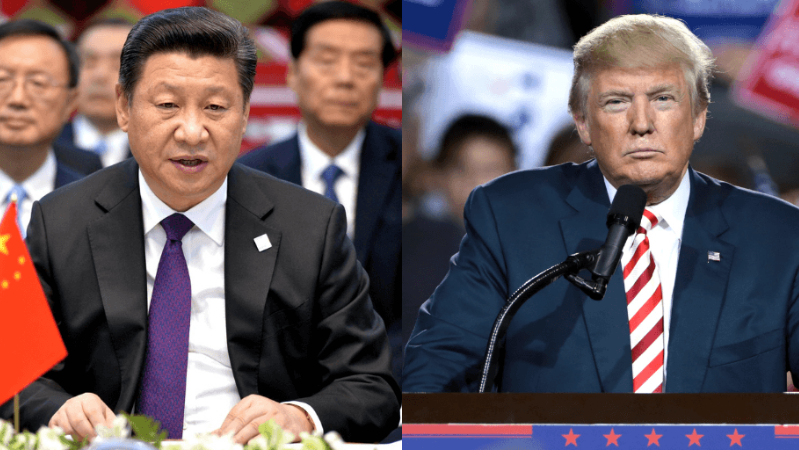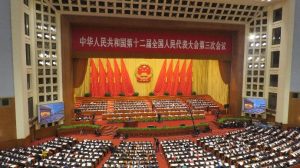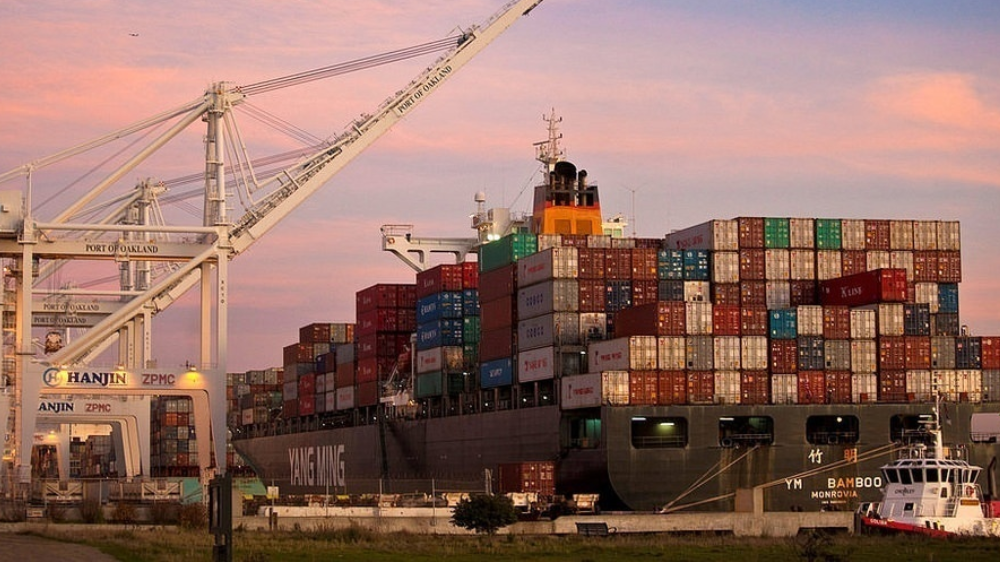Published 14 May 2019 | 4 minute read
With Chinese Vice Premier Liu He scheduled to arrive in Washington last week, hopes were rising that the largest bilateral trading relationship in the world might finally stabilize. This sense of optimism was however punctured. In our latest US China trade talk update, we outline five points worth consideration.
This sense of optimism was punctured however by a series of tweets by the US President voicing his displeasure with the state of negotiations and announcing that the previous round of 10 percent tariffs on over $200 billion in Chinese imports would be increased to 25 percent on Friday. The President further alluded to the possibility of applying tariffs to the remaining $325 billion in Chinese imports not already subject to punitive tariffs.
The Vice Premier did in fact arrive for what turned out to be an abbreviated round of negotiations in Washington. No final agreements were reached, and the US moved forward to increase the previous round of tariffs, and commenced administrative procedures to apply tariffs to the remaining balance of Chinese imports.
As events continue to unfold, here are five points worth consideration:
Don’t overreact
Trade negotiations are usually extended dances; don’t overreact to a stutter step. The events of last week might ultimately be seen as a temporary hiccup on the path to an agreement. Virtually every trade negotiation – even those that eventually succeed – usually include one or two “near death” experiences.
These in fact can sometimes be helpful to focus negotiators on cutting to final, bottom-line positions. And both countries have stressed that despite the imposition of additional tariffs, negotiations will continue. At this point, both potential scenarios – deal or no deal – are entirely plausible.
Beijing might have miscalculated
Much of the discussion has portrayed the US tariff increases as a reckless and potentially deal-breaking gambit which could dangerously escalate the trade war. Many are wondering: what was the US President thinking when he sent his now infamous tariff tweet – especially if a deal was close at hand?
However, the more pertinent question might be: what was Beijing thinking? If reports are accurate, and Beijing did in fact backtrack on commitments in the final stages of the negotiation, what possible reaction could the Chinese government have expected from Washington?
If the expectation was for cheerful acceptance, that would have been a massive strategic miscalculation. Any sound analysis would have fully anticipated a swift, strong, and overwhelmingly negative reaction from the US. This crisis point in the negotiations is therefore arguably more attributable to a Chinese miscalculation, rather than the capriciousness of the US President.
Tariffs cause real damage
Even if the escalation in tariffs – and any potential future tariffs – simply proves to be a stutter step on the road to a successful agreement, don’t lose sight of the fact that these blunt, unwieldy tariffs are causing genuine pain in the US. Many US manufacturers, especially small and medium sized companies, have been pushed to the breaking point by the costs imposed by previous tariffs.
Some of them simply will not survive the additional price increases for inputs, materials, and components they import from China. And this could be the straw that broke the camel’s back for many in the already battered agricultural sector – even with the promised government support. Prospects for Chinese companies are not much brighter.
A recent survey by Bloomberg Economics of 1,000 companies in major export sectors found that “not many” could survive the 25 percent tariffs. Any trade agreement at the end of this process will be little consolation to businesses and farmers forced into bankruptcy along the way.
Conventional wisdom might be wrong
The conventional wisdom has been that President Trump “needs” a trade agreement and the tariff increases were just a ploy to try to extract last minute concessions. Certainly the President would prefer an agreement that could be credibly presented as a “win” for the US.
But if the best agreement available would leave him vulnerable to charges from his Democratic opponents that he had gone “soft” or “caved in” to China, then the overwhelming political imperative would be for him to walk away from the deal, and position himself as the first US President who is tough enough to stand up to China.
A long-term resolution might not be the objective
Under normal circumstances, the presumption would be that both sides actually desire a resolution. In the case of the US, it’s not entirely clear that’s the case. One thing that’s become evident over the first two-plus years of the Trump Administration is that in many cases the President actually prefers a certain level of turmoil, instability and conflict.
He believes that these circumstances keep his opponents off balance and work to his advantage. Over the course of his entire career, Mr. Trump has felt that he has the upper hand in chaotic environments.
That’s part of the reason the President is so enamored with tariffs and the threat of tariffs. He doesn’t want trade partners to ever feel comfortable, or to feel that there is stability in the relationship. Far better – according to this point of view – to keep the sword of Damocles hanging overhead.
© The Hinrich Foundation. See our website Terms and conditions for our copyright and reprint policy. All statements of fact and the views, conclusions and recommendations expressed in this publication are the sole responsibility of the author(s).





